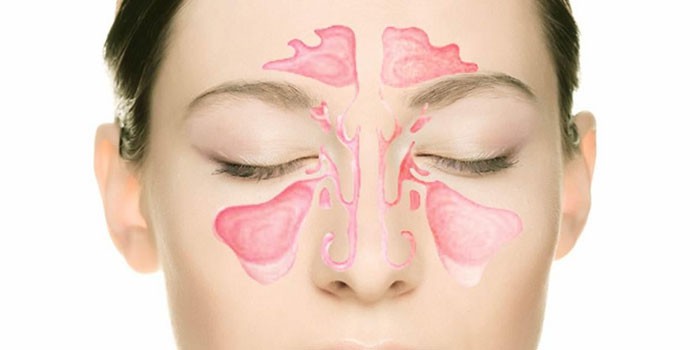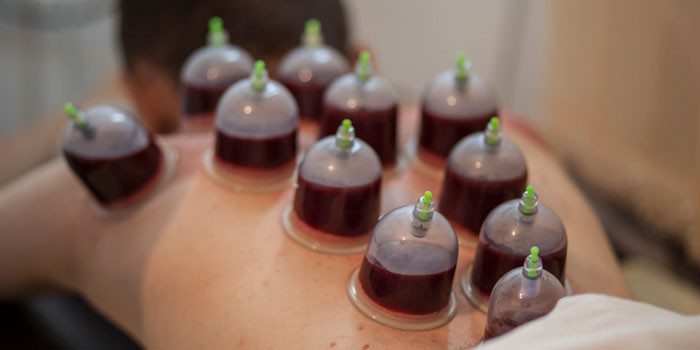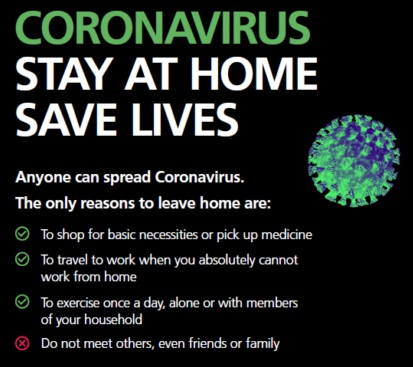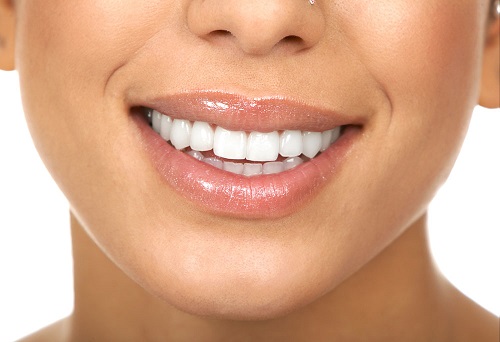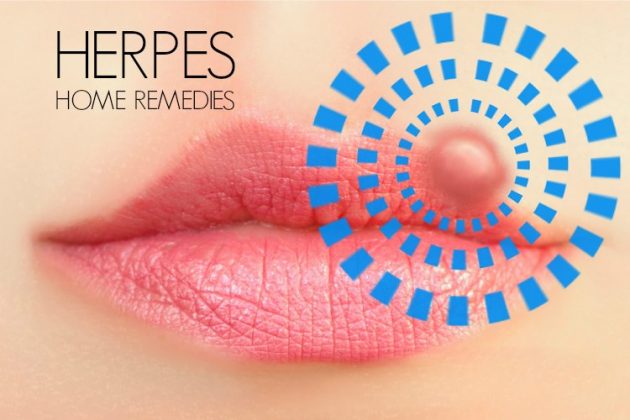Content
- Bloodletting hijama
- Hijama – good
- Hijama – Atlas of Points
- How to make hijama
- Hijama – contraindications
- Hijam price
Today, there are a large number of unique methods of treating diseases, ranging from hypnosis to bloodletting. Al-hijama is a procedure during which the hajjam releases the right amount of blood using special jars. According to the effects on the body and the list of diseases, the method has much in common with hirudotherapy.
Bloodletting hijama
In Muslim practice, bloodletting treatment has long been a universal method of getting rid of diseases according to the Sunnah. In the East, it is believed that almost all human diseases are associated with blood that stagnates. Previously, men fought, and bleeding and wounds carried renewal for the body. Now people live in a refined world, where there are very few injuries and emergency situations, so the blood ages, absorbing harmful substances that come with unhealthy food. Bloodletting by banks, according to Muslims, cleanses the bloodstream from “dirt”.
Hijama – good
According to reviews by modern proponents of alternative medicine, the benefits of hijama are enormous. With its help, it is easy to lower high blood pressure, lower cholesterol and sugar in the blood, normalize the pulse, and quickly improve the general well-being of a person. The benefits of bloodletting have been proven by traditional medicine. Indication for the use of hijama:
- pathology of the musculoskeletal system;
- diseases of the urinary system;
- pleurisy;
- deafness;
- sinusitis;
- diabetes;
- labored breathing;
- bleeding disorder;
- increased hyperemia;
- pneumonia;
- any form of meningitis;
- hypertension;
- cerebral hemorrhage;
- chronic heart failure;
- true polycythemia;
- left ventricular failure.
Hijama for women
There is an opinion that since women constantly have their periods, then they do not need bloodletting. For this reason, some doctors recommend taking the procedure only after menopause. However, according to the Sunnah, hijama is not like menstruation, because with it another purification takes place. The procedure involves the withdrawal of capillary blood, which has stagnated. Hijama for women has the same benefits as for men. With the help of bloodletting, they have long been treated for infertility. Hijma helps a woman get rid of:
- low immunity;
- numbness of the limbs;
- vein problems;
- muscle colic;
- stomach diseases;
- eye diseases;
- female infertility;
- gynecological diseases.
Hijama for men
Bloodletting also treats male infertility, which is associated with increased sperm viscosity, slow sperm. What is hijama for men? The procedure helps to get rid of impotence, hemorrhoidal conditions, prostatitis, and a decrease in libido. It is indicated for those men who work in hazardous industries, as it eliminates pulmonary edema, poisoning by poisons..
Slimming hijama
According to reviews of people who, out of a desire to quickly lose weight, have tried many procedures, hijama for weight loss is very effective. An impaired metabolism is considered the most common cause of weight gain. Bloodletting has a positive effect on fat and carbohydrate metabolism. Stagnation of the lymph forms blood clots that impede the circulation, therefore all processes in the body slow down, causing various complications. In the process of hijama, stagnant blood goes away and the metabolism promoting slimming starts again.
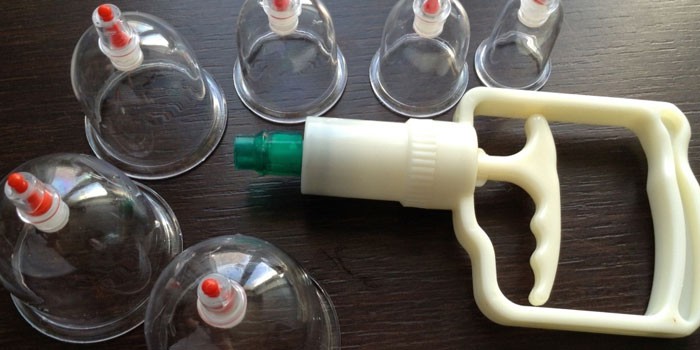
Hijama – Atlas of Points
Bloodletting treatment involves exposure to certain points located on the human body. The main point is al-kahel located on the back at the bottom of the neck at the junction of the nerve endings connecting the rest of the body to the brain. Muslim historians say that the Prophet Muhammad regularly resorted to bloodletting on his back. Atlas of hijama points entered in the Sunna.
As energy moves through the human body along special meridians, points are located at places where energy flows intersect. Exposure to a specific place, the master heals the desired ailment. Some points are used to strengthen the brain, others are used to stimulate the immune system or endocrine secretion, and others are used to accumulate blood. Points are located on:
- nerves;
- blood vessels;
- power lines;
- lymph glands.
How to make hijama
Islamic bloodletting is done capillary. As in the Chinese tradition, for its production, the hajjam makes small cuts on the skin at certain points. As a rule, the hijam procedure is done on the 17th, 19th or 21st day of the Muslim calendar. The most successful are Monday, Tuesday and Thursday. Bloodletting can not be done after eating, and meat is advised not to eat per day. Hijam technique:
- Cumin oil is applied to the site of exposure. Cans and blades are sanitized.
- The master installs cans at the selected points, previously releasing air from them using a special pump. After 5 minutes, when the skin becomes dark red, they are removed.
- Using a scalpel or blade, neat cuts are made on the spots. The can returns to its place, the air is again cleaned.
- Contaminated blood is drawn into a jar due to vacuum. This procedure is repeated several times (up to 7).
- After the wound is lubricated with caraway oil to speed healing. After the first hijama, the body is filled with new forces..
Hijama – contraindications
Although the procedure is useful in many diseases, this does not mean that it has no contraindications. Sometimes you can find information that bloodletting is allowed even for pregnant women and children, but in different countries this is treated differently. Absolute contraindications hijama:
- hematopoiesis;
- anemia;
- tendency to thrombosis;
- cerebral atherosclerosis;
- asthenia;
- arterial hypotension;
- anemia;
- hypovolemia;
- shock;
- collapse;
- Blood pressure below normal.
Hijam price
Muslim bloodletting is very popular in all countries of the world. The price of the procedure varies, depending on the professionalism of the master, the marketing policy of the clinic and its location.
Attention independent training can harm your health!
Similar articles
- Plasmolifting – what is it with before and after photos. Who is shown the plasma-lifting cosmetic procedure and reviews
- Swollen lip – what to do at home. Causes of the appearance of the tumor and how to remove folk remedies
- Ozone therapy – what is it and how is it carried out? Indications and contraindications for ozone therapy with reviews






